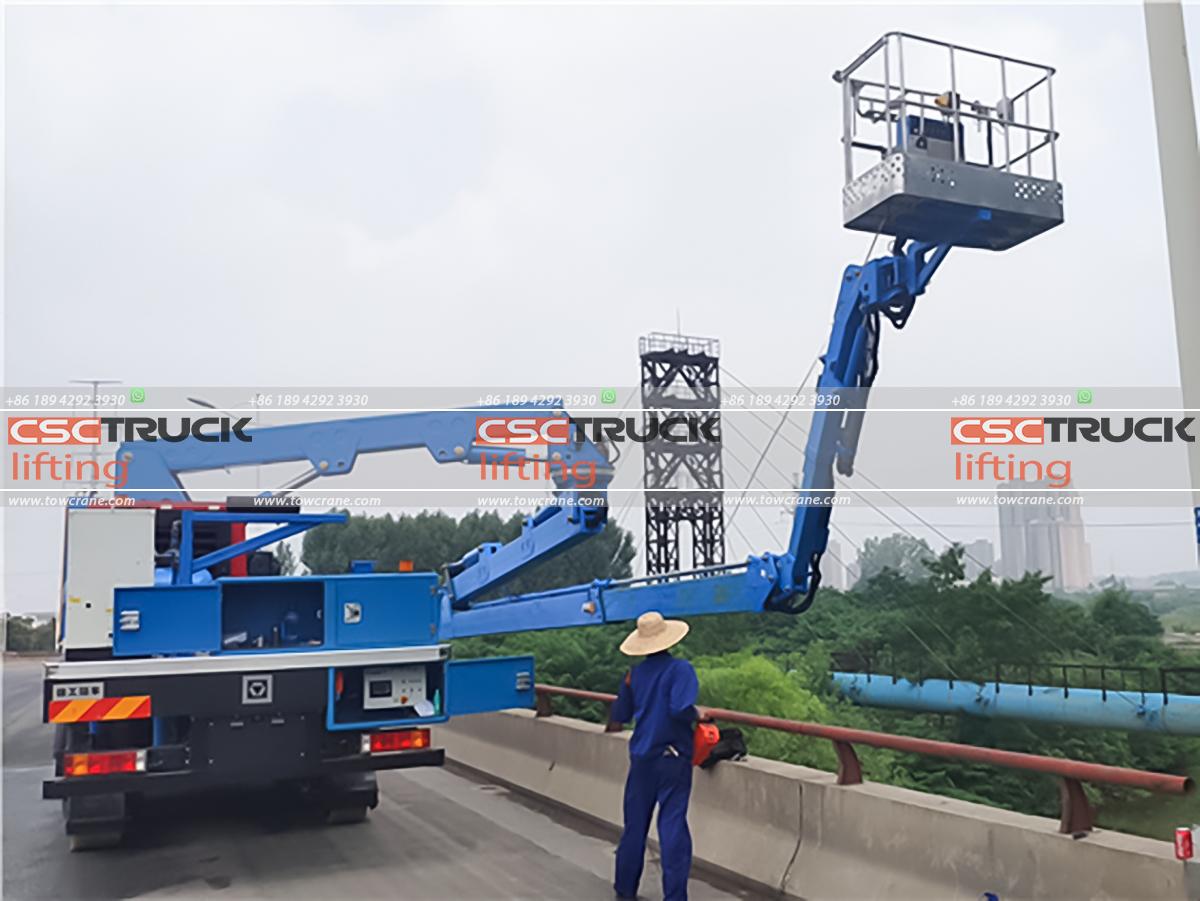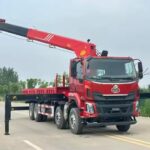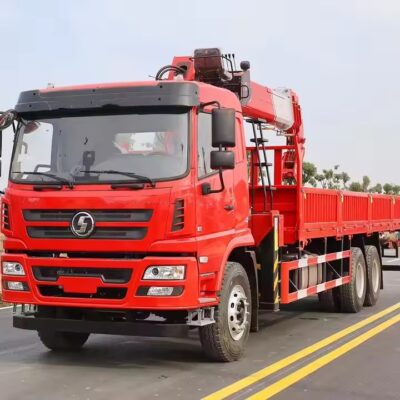Bridges are vital components of our infrastructure, connecting communities, facilitating commerce, and enabling travel. However, their importance necessitates rigorous and ongoing inspection to ensure their safety and functionality. A reliable bridge inspection unit plays a crucial role in maintaining the structural integrity of these critical assets. This article delves into the intricacies of bridge inspection, the methodologies employed, and the significance of having a dependable inspection unit.
The Importance of Bridge Inspections
Bridges, subjected to constant stress from traffic loads, environmental conditions, and aging, require regular inspections to identify and address potential issues before they become critical. The consequences of neglected bridge maintenance can be catastrophic, leading to bridge failures that endanger lives and disrupt economic activities. Ensuring the structural integrity of bridges through systematic inspections helps prevent such disasters, extends the lifespan of the structures, and optimizes maintenance budgets.
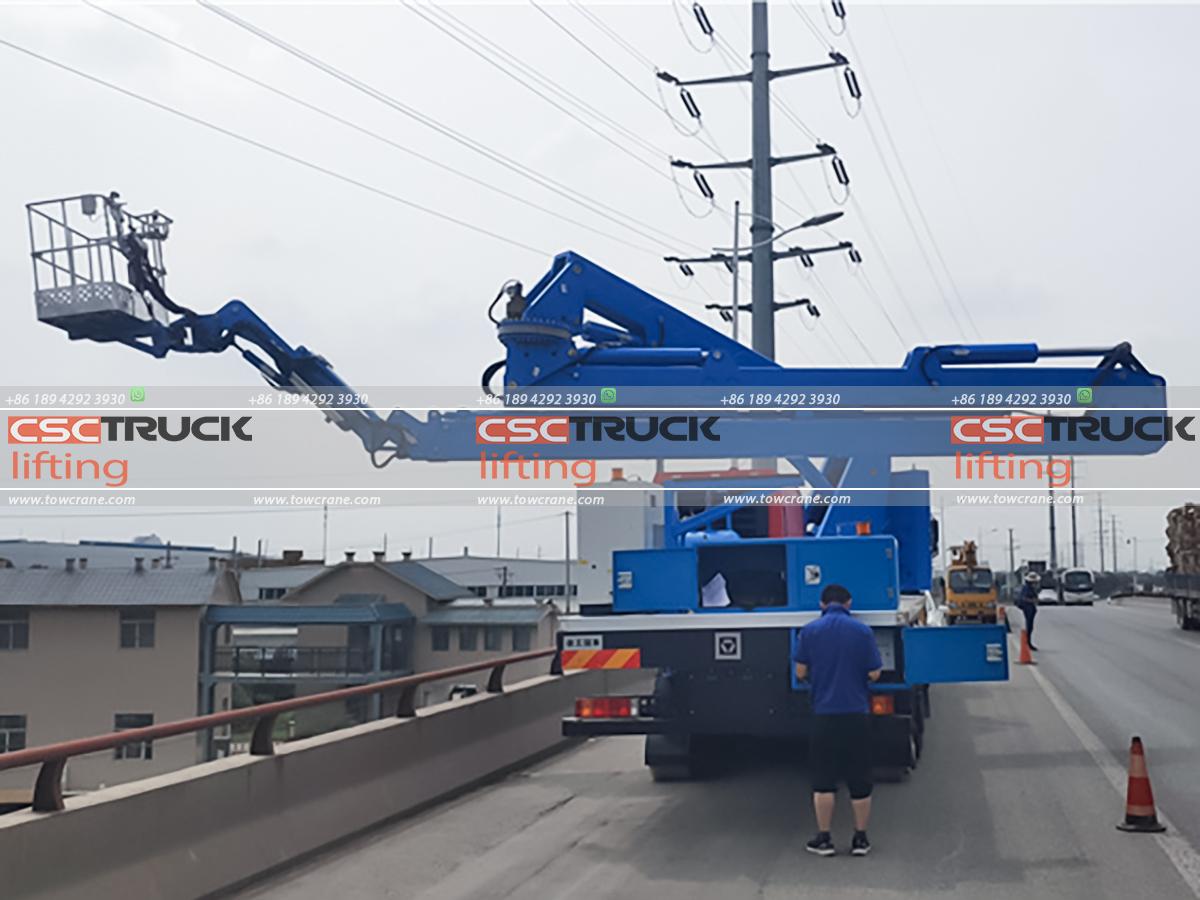
Components of a Reliable Bridge Inspection Unit
A reliable bridge inspection unit comprises several key components:
1. Qualified Personnel: The backbone of any effective inspection unit is a team of highly trained and experienced engineers and technicians. These professionals must be proficient in various inspection techniques and possess a deep understanding of structural engineering principles.
2. Advanced Technology: Modern bridge inspection units are equipped with cutting-edge technology, including drones, laser scanners, and non-destructive testing (NDT) equipment. These tools enhance the accuracy and efficiency of inspections, allowing for detailed assessments without causing damage to the structures.
3. Standardized Procedures: Consistency in inspection procedures is vital. A reliable unit follows standardized protocols that ensure comprehensive and uniform inspections. These procedures are often guided by regulatory standards and best practices in the industry.
4. Data Management Systems: Effective data collection, storage, and analysis systems are crucial for tracking the condition of bridges over time. Advanced software solutions facilitate the management of inspection data, enabling trend analysis and predictive maintenance.
5. Safety Measures: Ensuring the safety of inspection personnel is paramount. Reliable units employ robust safety protocols and provide appropriate personal protective equipment (PPE) to minimize risks during inspections.
Inspection Methodologies
Several methodologies are employed by bridge inspection units to assess the condition of bridges. These methodologies range from traditional visual inspections to advanced technological assessments:
1. Visual Inspections: The most common form of bridge inspection, visual inspections involve trained inspectors examining the structure for signs of damage, wear, or deterioration. This method relies heavily on the expertise of the inspectors and is often complemented by photographic documentation.
2. Non-Destructive Testing (NDT): NDT methods, such as ultrasonic testing, magnetic particle testing, and radiographic testing, allow inspectors to assess the internal condition of bridge components without causing any damage. These techniques are essential for detecting subsurface defects that are not visible to the naked eye.
3. Drones and Aerial Imaging: The use of drones has revolutionized bridge inspections, especially for large or hard-to-reach structures. Drones equipped with high-resolution cameras and sensors can capture detailed images and data, enabling thorough inspections while minimizing the need for costly and time-consuming scaffolding or rope access.
4. Structural Health Monitoring (SHM): SHM systems involve the installation of sensors on bridges to continuously monitor their condition. These sensors collect data on parameters such as strain, vibration, and temperature, providing real-time insights into the structural health of the bridge. SHM systems enable early detection of potential issues and facilitate proactive maintenance.
5. Laser Scanning and 3D Modeling: Laser scanning technology generates precise 3D models of bridge structures. These models provide a comprehensive view of the bridge’s geometry and condition, aiding in detailed analysis and comparison over time. Laser scanning is particularly useful for detecting deformations and misalignments.
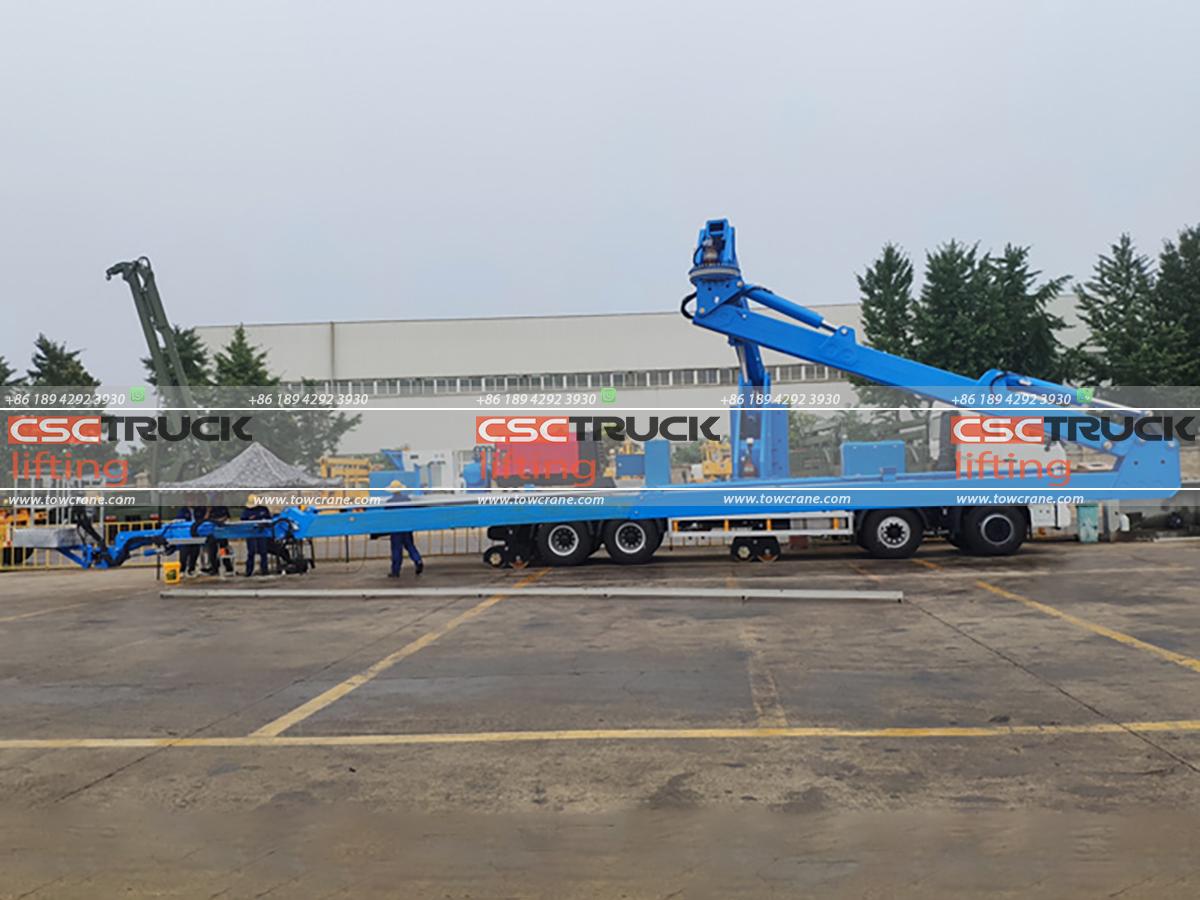
Challenges in Bridge Inspection
Despite advancements in technology and methodologies, bridge inspection units face several challenges:
1. Accessibility: Some bridges, particularly those in remote or hazardous locations, pose significant accessibility challenges. Innovative solutions such as drones and robotic systems are increasingly being used to address these issues.
2. Environmental Conditions: Harsh weather conditions can impede inspections and affect the accuracy of data collected. Inspection units must be prepared to operate in diverse environments and adapt their methodologies accordingly.
3. Aging Infrastructure: Many bridges, especially in developed regions, are approaching or exceeding their designed lifespans. Inspecting and maintaining these aging structures requires specialized knowledge and techniques to address the unique challenges they present.
4. Resource Constraints: Limited budgets and personnel can hinder the ability of inspection units to conduct thorough and frequent inspections. Efficient use of resources and prioritization of critical structures are essential to overcoming these constraints.
The Role of Regulatory Bodies and Standards
Regulatory bodies and standards play a crucial role in ensuring the effectiveness of bridge inspection units. Organizations such as the Federal Highway Administration (FHWA) in the United States and similar entities worldwide establish guidelines and requirements for bridge inspections. Adherence to these standards ensures that inspections are conducted consistently and thoroughly, maintaining the safety and reliability of bridge infrastructure.
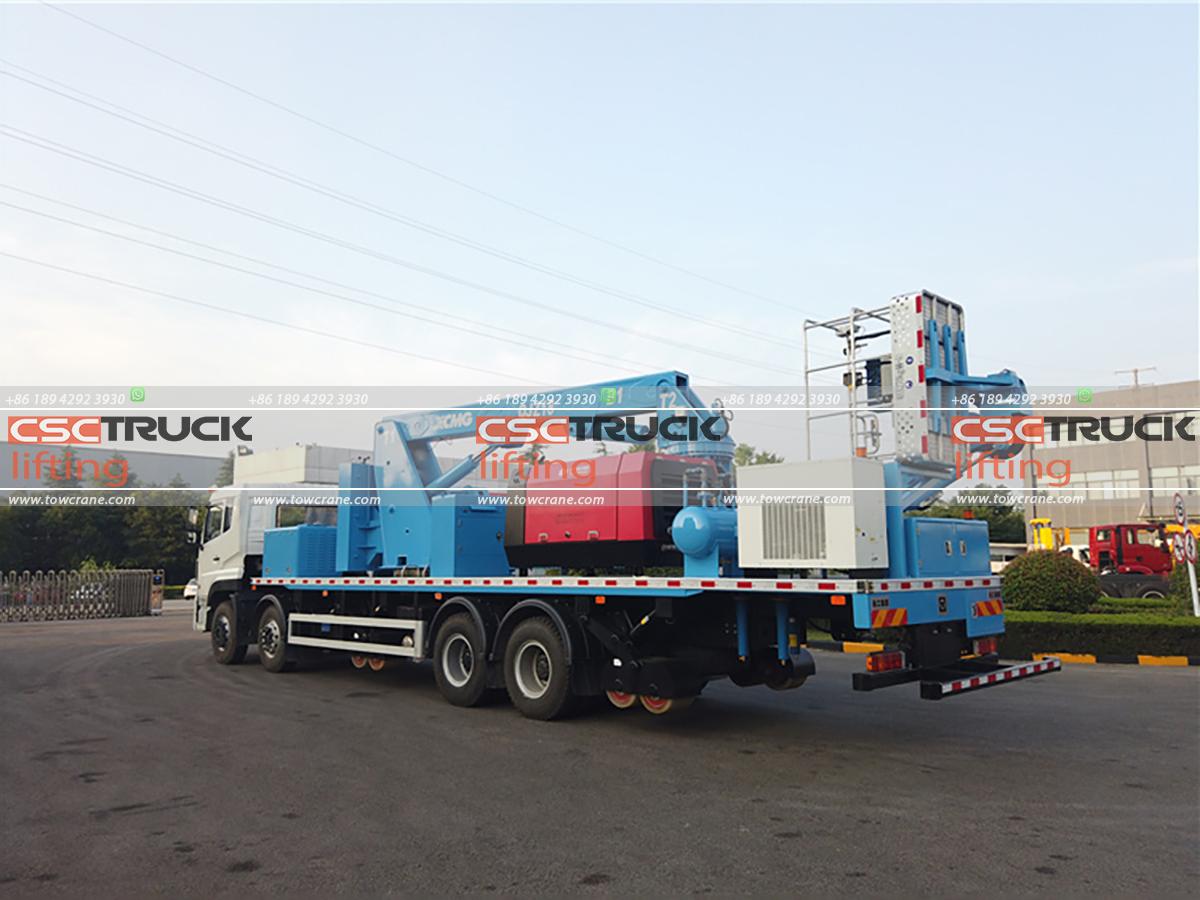
Future Trends in Bridge Inspection
The field of bridge inspection is continually evolving, driven by advancements in technology and increasing demands for efficiency and accuracy. Some future trends include:
1. Automation and Robotics: The use of automated and robotic systems for inspections is expected to increase, reducing the need for human intervention in hazardous or difficult-to-access areas.
2. Artificial Intelligence (AI): AI-powered algorithms can analyze large volumes of inspection data, identifying patterns and anomalies that may indicate structural issues. This technology can enhance the accuracy and speed of inspections.
3. Integration of Big Data and IoT: The integration of big data analytics and the Internet of Things (IoT) with bridge inspection practices will enable more comprehensive monitoring and predictive maintenance, improving the overall management of bridge assets.
4. Sustainability and Resilience: Future bridge inspection practices will increasingly focus on sustainability and resilience, ensuring that bridges are not only safe but also capable of withstanding environmental challenges and minimizing their environmental impact.
Conclusion
A reliable bridge inspection unit is indispensable for ensuring the structural integrity of bridges, safeguarding public safety, and maintaining the continuity of essential transportation networks. Through the integration of qualified personnel, advanced technology, standardized procedures, and robust data management systems, inspection units can assess and address the condition of bridges effectively. As the field continues to evolve, embracing new technologies and methodologies will be key to meeting the challenges of aging infrastructure and ensuring the longevity and reliability of these critical structures.
